Modestly devalued VND is expected for new year
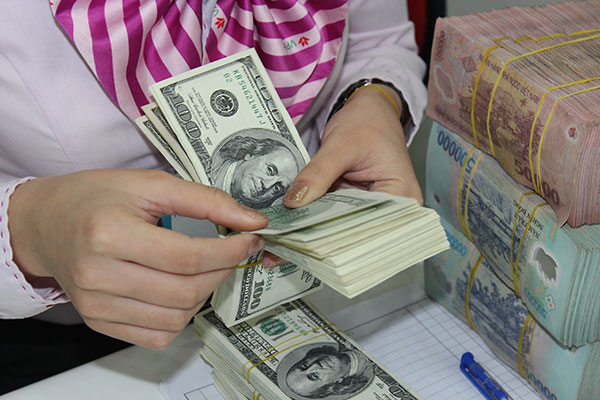 |
| A more liquid forward market should follow the central bank’s new FX regime Photo: Dung Minh |
Foreseen depreciation
Deutsche Bank senior research economist Juliana Lee anticipated that the Vietnamese currency would experience a 4-5 per cent devaluation through the end of 2017, which is in line with the depreciating currencies of Vietnam’s other trading partners.
“For 2017, we see upside risks to our outlook for the VND,” Lee explained of the lender’s prediction of dong devaluation during a press briefing last week.
Commenting on the dong’s expected devaluation, Can Van Luc, BIDV deputy general director, said that he and his team project a 2-4 per cent devaluation of the dong over 2017.
Eddie Cheung, FX strategist for Greater China at Standard Chartered Bank, meanwhile, noted that the dong is expected to devalue some 3 per cent, almost identical to the devaluation of the Chinese yuan in 2017.
Currency of emerging markets, particularly the Chinese yuan, will be facing huge pressure as the US dollar is expected to strengthen in value by roughly 5 per cent during the course of 2017, backed by factors both external and internal.
“Specifically, domestic aspects include Trump’s protectionist policies and the US Federal Reserve’s growing tolerance of a strengthened USD. We expect one hike from the Fed in 2017 and four hikes in 2018,” said Cheung.
External factors, according to Cheung, will include geopolitical risks coming from France, Germany, and Turkey. The European Central Bank and the Bank of Japan are expected to continue their quantitative easing programmes.
A 3 per cent devaluation of the yuan in 2017 could be less than what the market expects, Cheung noted. The Chinese government will be paying attention to its currency stability in light of recent capital withdrawals.
“The VND is actually one of the bright spots in the region, where other currencies can expect more volatility,” he said.
Devaluation for exports
As the dong has weakened against the dollar, the question now will be whether it can actually help Vietnam’s overall exports.
Deutsche Bank’s Lee said that her bank would “need to evaluate [the situation] in the context of the performance of other currencies”.
“As those of Vietnam’s other trading partners weaken – for example, we expect the yuan to depreciate almost 9 per cent against the US dollar through the end of 2017 – then any potential positive impact would be muted,” she said.
Like Lee, Cheung of Standard Chartered said that although the VND will depreciate, its rate against the USD is not flat. “So the VND won’t really have a significant edge amongst other currencies,” he said.
“And we believe Vietnam’s exports do not depend solely on FX rates – the country enjoys the advantage of being a rising low-cost manufacturing base in the region, as companies move away from China.”
FX vs. FDI
“The same thing can be said for foreign direct investment (FDI) in Vietnam. Foreign investors will surely consider FX rates, but what’s more important to them is Vietnam’s great potential as a manufacturing base,” Cheung said in a press briefing in mid-January.
Echoing Cheung’s view, Lee of Deutsche Bank stressed that the modest move of the dong would not necessarily affect FDI inflows to Vietnam. “We think foreign investors are likely to pay greater attention to Vietnam’s business environment, government policies, and the growth potential of the country,” she said.
“That is, we think the government’s continued efforts in economic reforms and improvement in business environment are more important than the dong’s modest move in this regard. Moreover, in case of significant progress in economic reforms that results in large capital inflows, including FDI inflows, we could see the VND strengthen instead.”
Economist for Asia at Standard Chartered Chidu Narayanan, meanwhile, said that Vietnam will remain a top spot for manufacturing in foreign investors’ eyes, due to rising domestic demand from the new middle-class and good retail prospects.
“Inflation – expected at 4.3 per cent on average for 2017 – is higher than in 2016 but still not that high. FX will be lower in the list of considerations that investors have when entering Vietnam,” said Narayanan.
Forward market
Given the introduction of the new daily fixing regime in January 2016, Cheung said that such a move has offered greater flexibility and clarity for Vietnam’s FX rates, making the new regime “a good thing for the currency”.
“Thanks to the new regime, FX in Vietnam actually remained calm for the first 10 months of 2016, and only had some volatility during the last two months due to external factors,” Cheung said.
A more liquid forward market, meanwhile, should follow the central bank’s new FX regime. This would be useful for hedging purposes, helping to support more FDI into Vietnam, according to EuroCham Treasurer Aymar de Liedekerke Beaufort.
“What the move has done is ease the previously intense focus on digital shifts on the USD/VND cross, alleviating pressure on SBV’s reserves and the balance of payments in general,” de Liedekerke Beaufort said.
“In turn, once there is a more liquid forward market to accommodate hedging capacity, it should help firms better assess the risks around investments in Vietnam and should, in time, support more sustainable FDI.”
What the stars mean:
★ Poor ★ ★ Promising ★★★ Good ★★★★ Very good ★★★★★ Exceptional
Latest News
More News
- Citi report delivers insights to market opportunities with AI (August 29, 2024 | 11:50)
- Credit continues to flow into real estate sector (August 29, 2024 | 11:49)
- Driving ASEAN’s supply chains through connectivity (August 28, 2024 | 10:06)
- Banks sharpen focus on scale-up of sustainability (August 28, 2024 | 08:00)
- Lenders still most active in corporate bond issuance (August 27, 2024 | 18:00)
- Vinpearl bags $150 million from international bonds in Singapore (August 27, 2024 | 17:21)
- Tech securities companies garner upward momentum (August 27, 2024 | 15:31)
- New policy promotes green banking development in Vietnam (August 27, 2024 | 09:08)
- Reference exchange rate up at week’s beginning (August 27, 2024 | 08:49)
- Vietnam should learn from international experience before raising beverage tax (August 27, 2024 | 08:00)

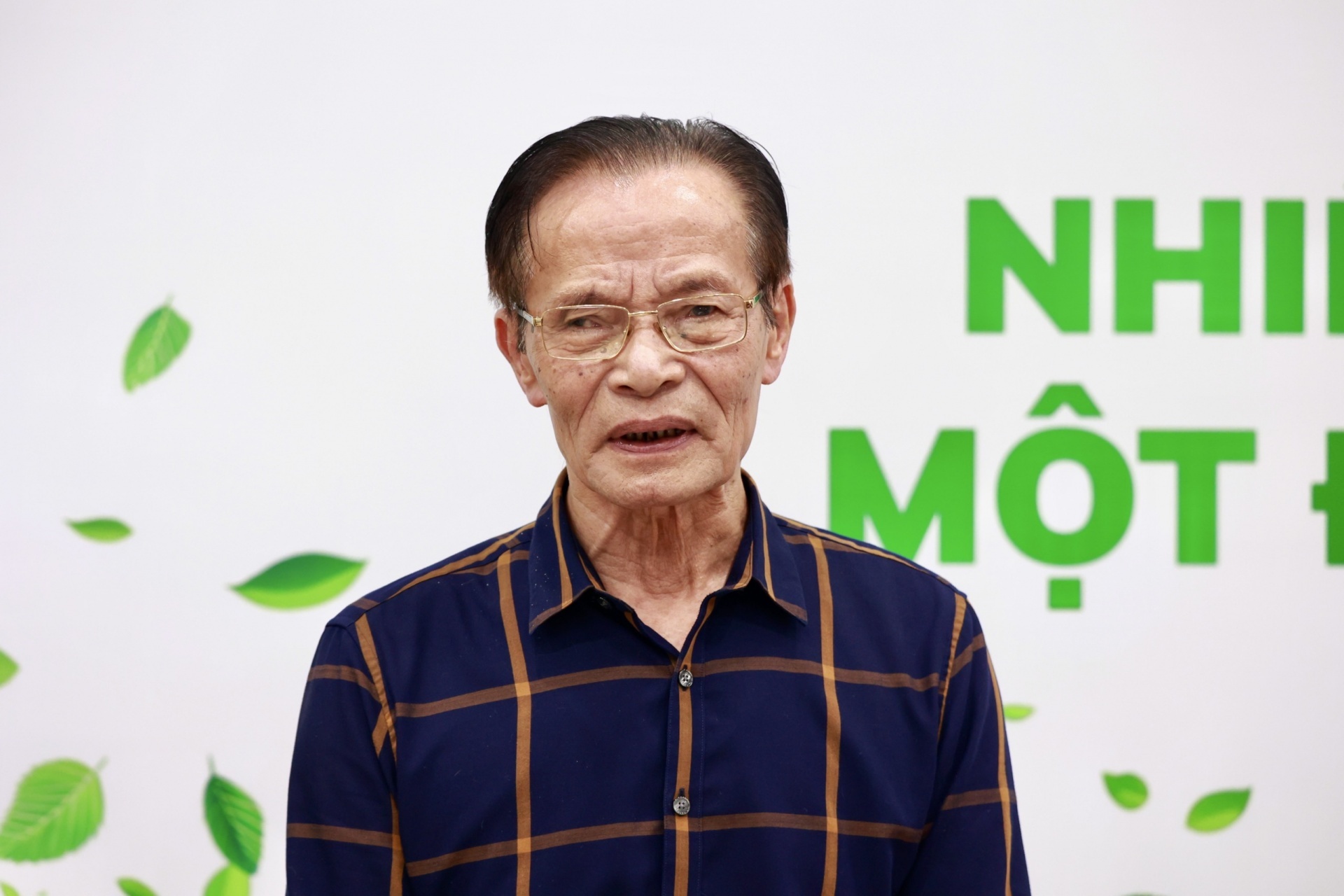
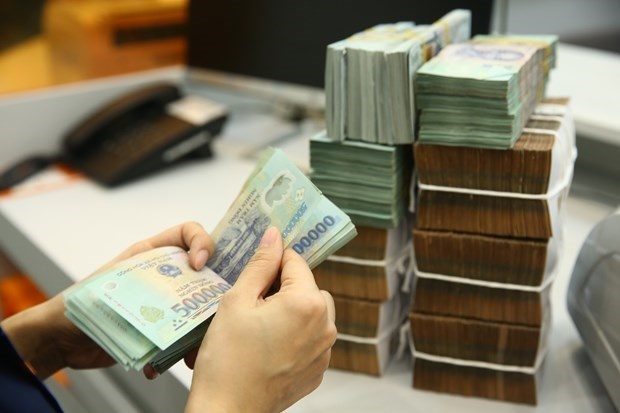

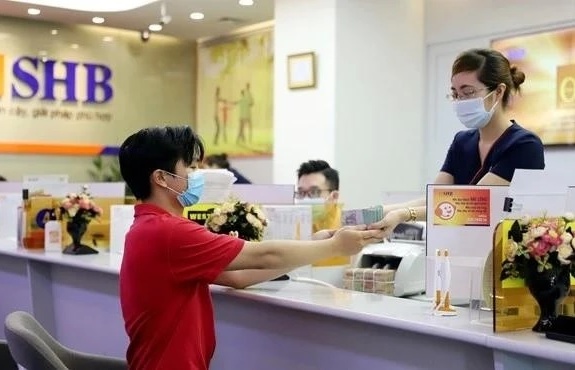
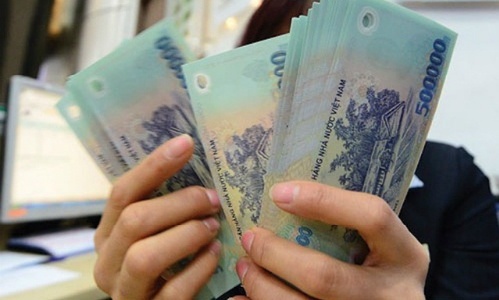
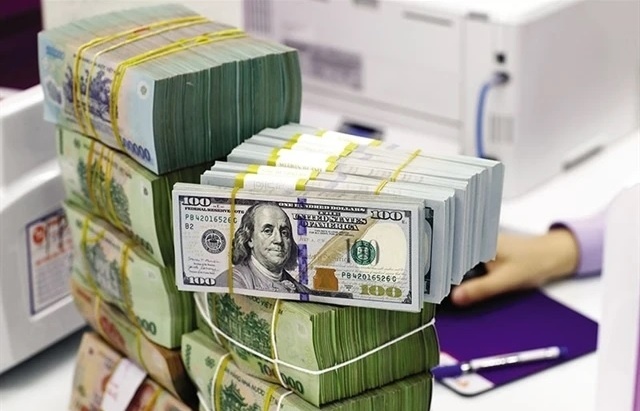









 Mobile Version
Mobile Version